Anschluss 90
steirischer herbst ‘Volksfronten’
Haus der Architektur Graz (AT), 2018
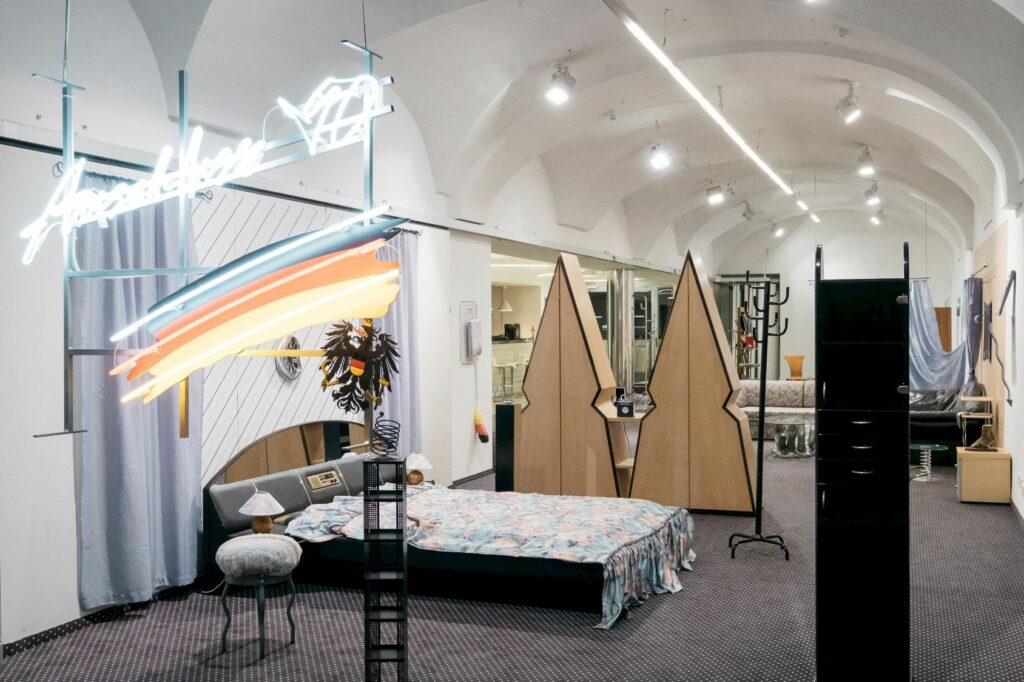
Who would have thought that things would change so quickly? In 1990, however, everything happened almost overnight. In an outburst of national sentiment, the cry “We are the people” became “We are one people” – and German ,reunification’ suddenly became a reality, however improbable this might have seemed just a few months earlier. With her new installation for steirischer herbst, artist Henrike Naumann pushes such improbability further.
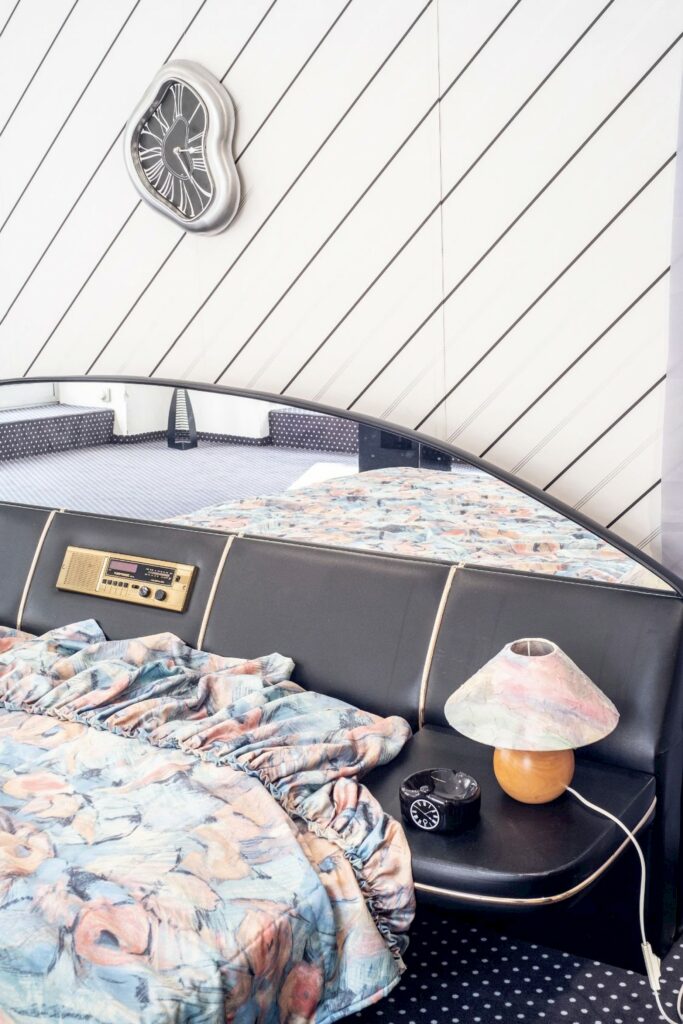
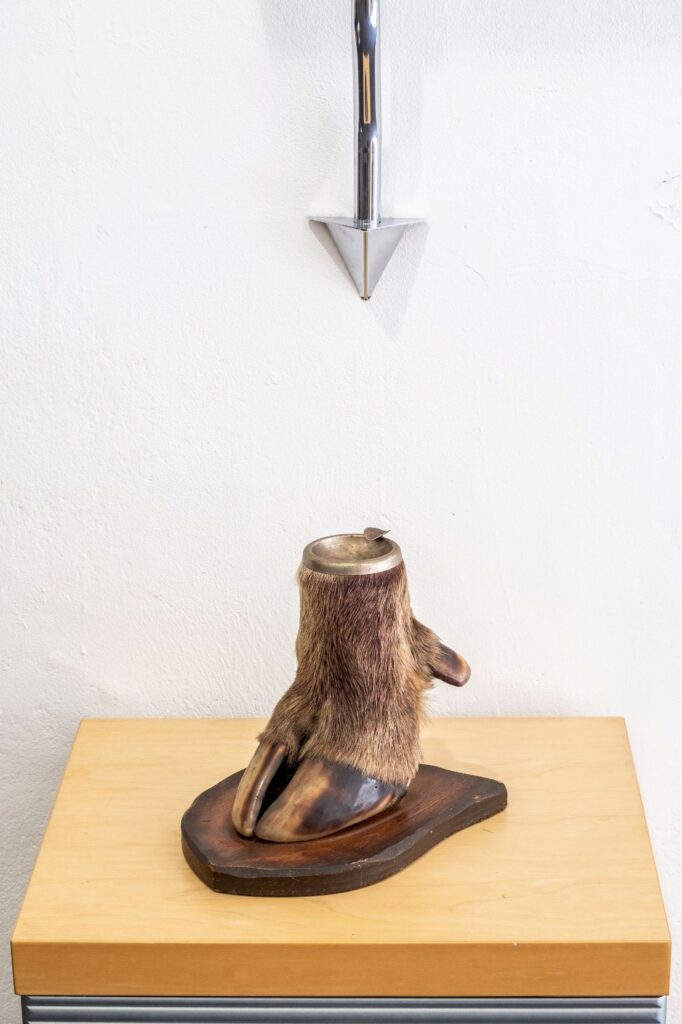
Naumann, who grew up in the eastern German town of Zwickau, considered one of the hotbeds of the neo-nazi terrorist organization ,National Socialist Underground’ (NSU), paints an alternative history scenario for German ,reunification’ in which the wave of völkisch feeling of togetherness spills over into Austria and the country abruptly decides to join the now reunited Germany for its part. Such a rejoining feels quite different from that of 1938 – no endless military marches, but the opening of more and more new furniture stores. Reunification leads Austrians and East Germans together to unimagined possibilities of consumption!
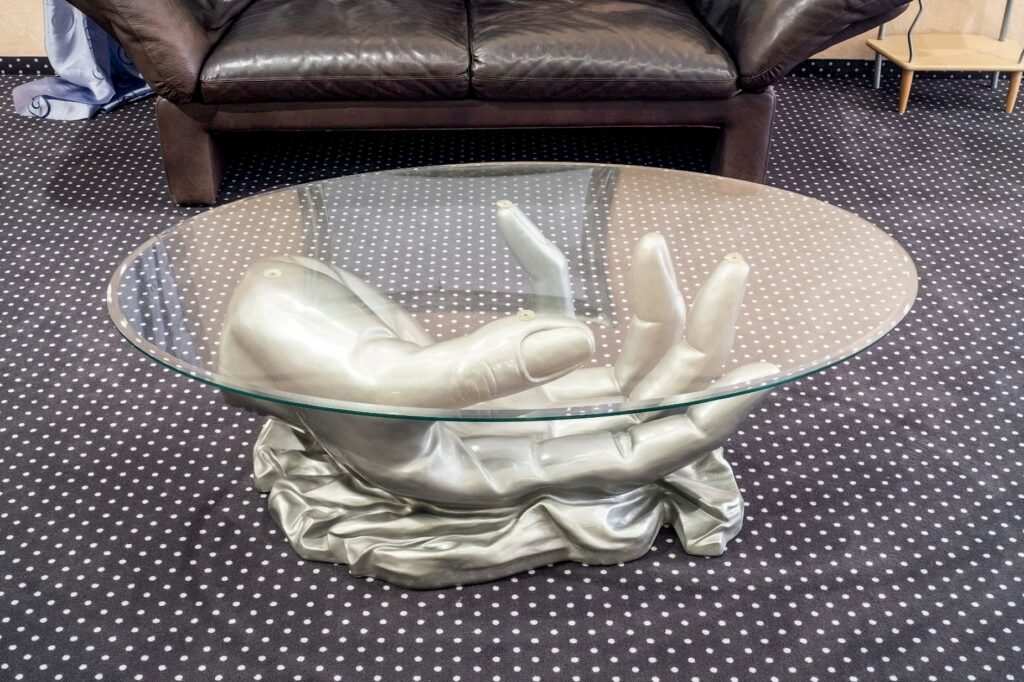
The ,Haus der Architektur’ in Graz transforms into a showroom for furniture from the year 1990. The kitschy, postmodern design of this decade evokes memories of sleek cars and invokes an oblique notion of glamour. It brings the visitor back to repressed aesthetic aberrations and concealed ruptures in German-Austrian history. Hedonistic self-optimization and radical far-right politics intertwine and proliferate to uncanny proportions.

Westalgie
Centre d’art contemporain
la synagogue de Delme (FR), 2022
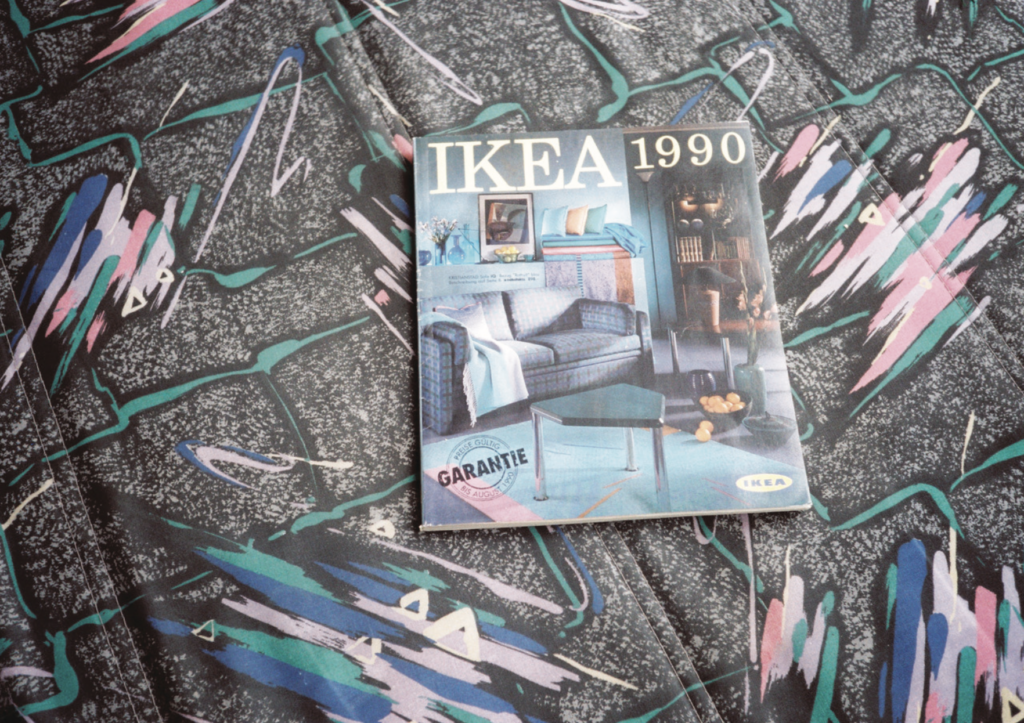
On the occasion of her Westalgie exhibition at the Centre d’art contemporain – la synagogue de Delme, Henrike Naumann reactivates the installation Anschluss ’90 (2018) and adapts it to the chaotic history of the territory of Delme between 1870 and 1945, when the Moselle belonged periodically to the German Empire as it spread westwards. Anschluss ’90 was initially devised for presentation in Austria, one of the first countries annexed to Nazi Germany. The work shows an exhibition space from the early nineties, intended as the setting for a story in which it is imagined that Austria, too, will join the new Greater Germany after the ,reunification’ of the FRG and the GDR. But instead of military parades like in 1938, it is furniture stores and a consumerist frenzy that characterize this ,For the new edition in the synagogue, the artist adds to this unification zeal the former ,Gau-Westmark’, which includes, among others, the Moselle department, now in France. The area was integrated into the German Reich during the Nazi occupation from 1940 to 1945, during which time the Adolf Hitler Road crossed Delme. Shown on a carpet representing the maps of these various territories “annexed in the early 1990s”, the showroom reactivates its function of attraction and seduction on the ground floor.
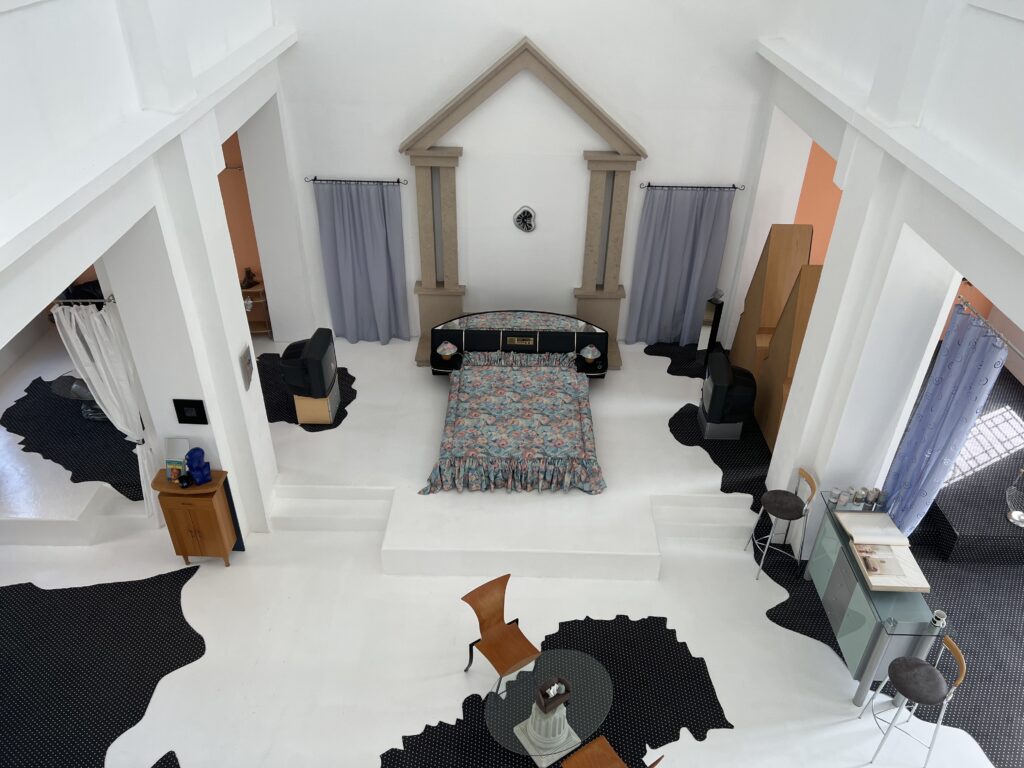
Upstairs, visitors can observe these various territories from a dominant viewing platform, frozen in their shift from one country to the other, from one ideology to the other. Whether it be the Saulnois territory witnessing a massive vote for the far right in the recent presidential elections, or German Neo-Nazi groups finding a way to celebrate Adolf Hitler’s birthday in Moselle, Westalgie reminds us of the permanency of a deep nostalgia for nationalist myths maintained by a whole segment of the Western population, prone to multiple anxieties. It attests to the urgency and relevancy of artistic commitments to counter the return of fascism and its latest derivatives.
Go to home
